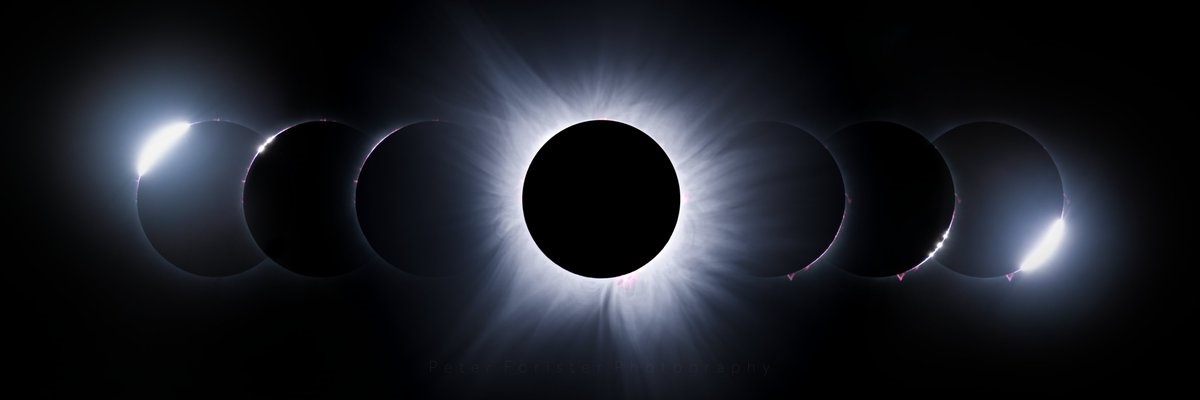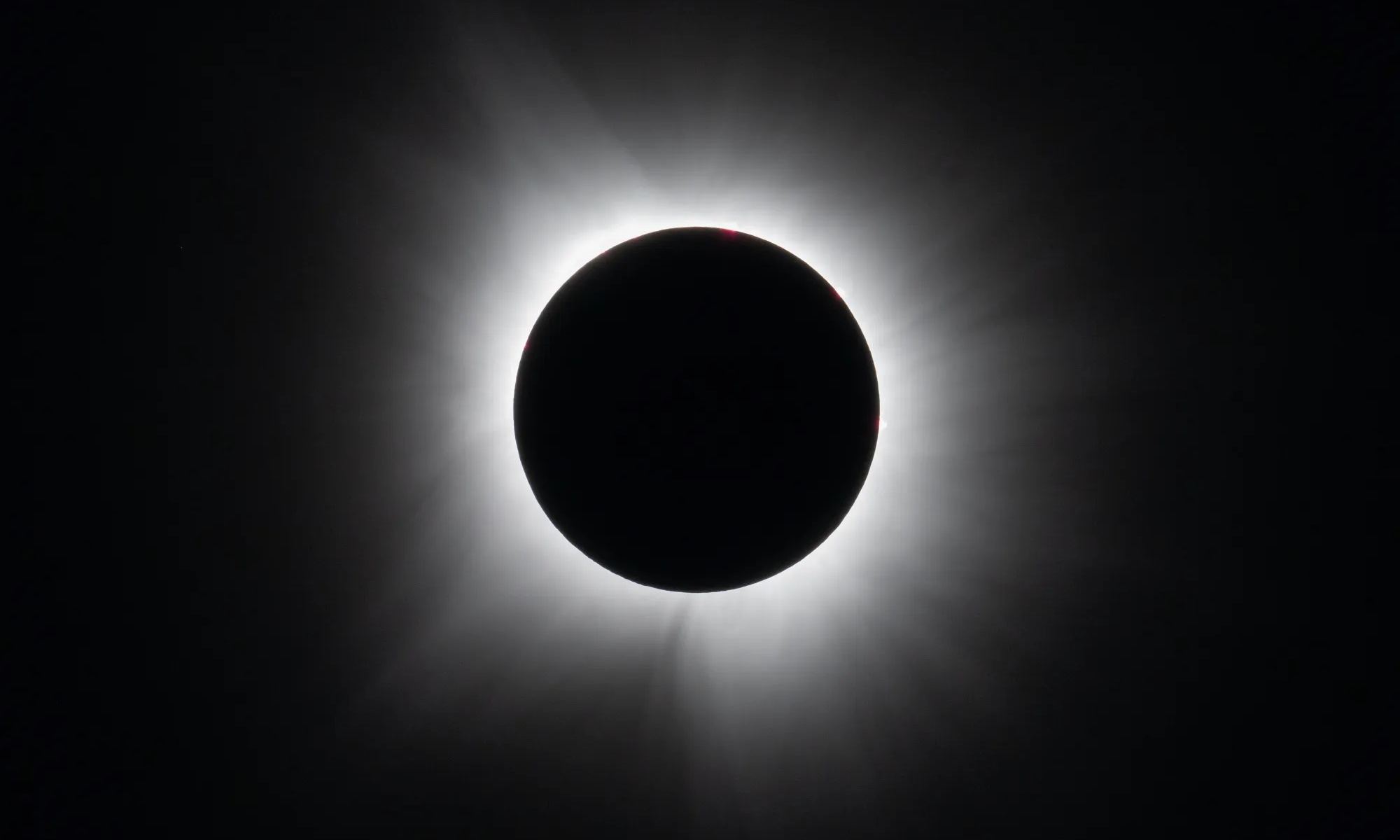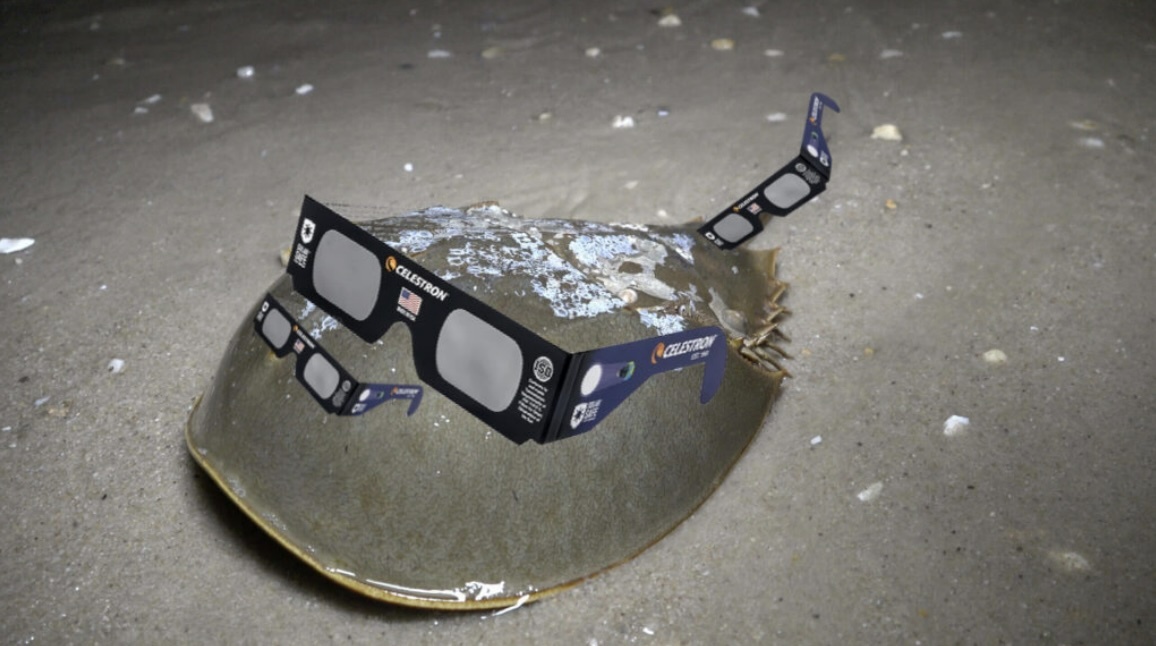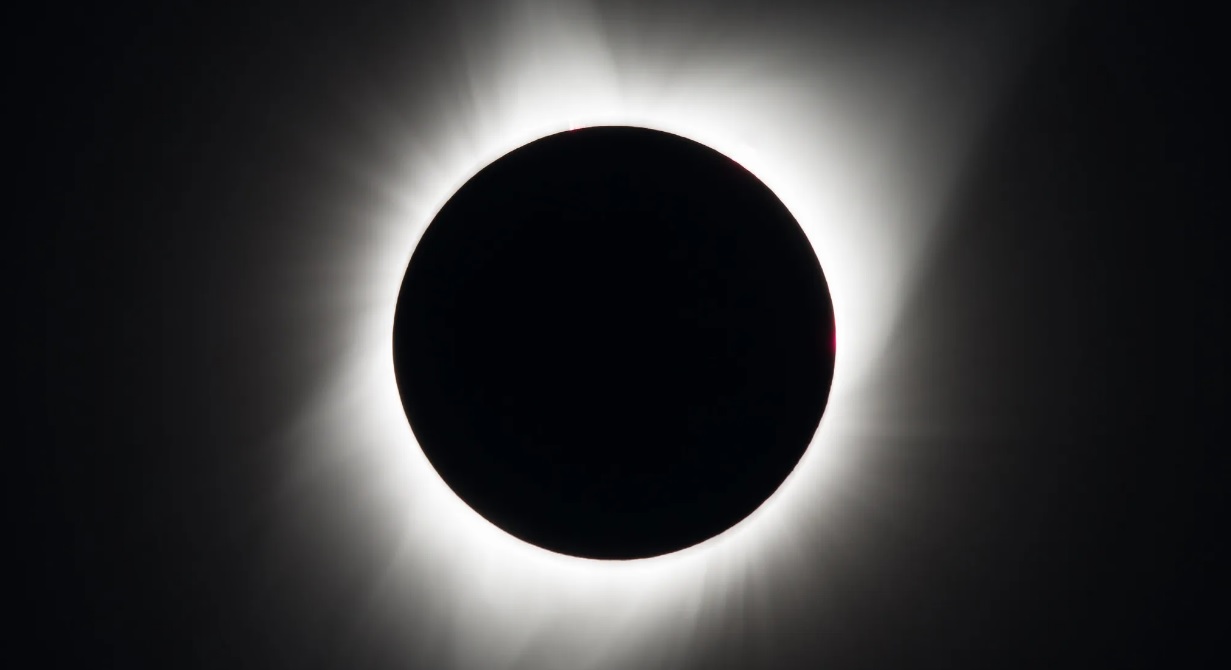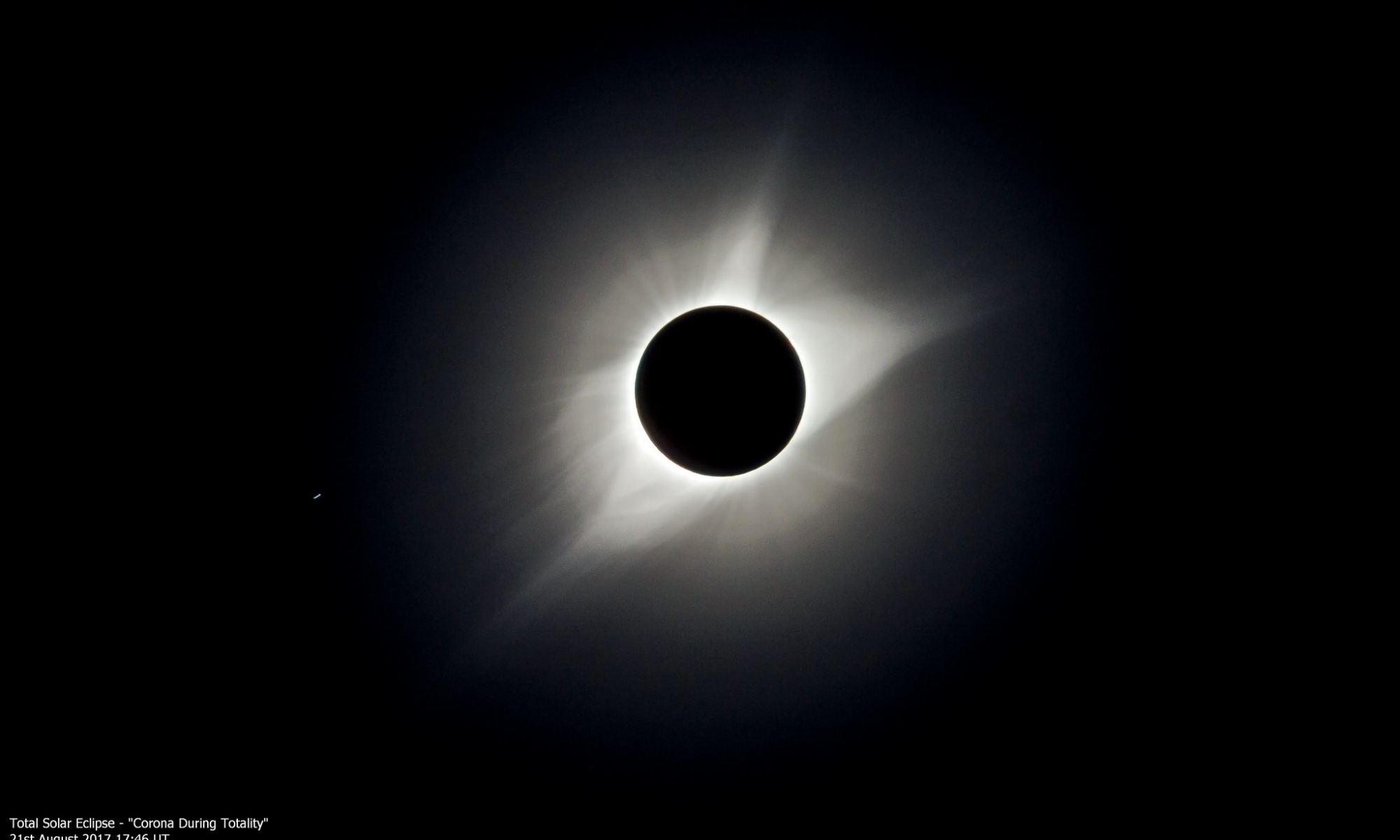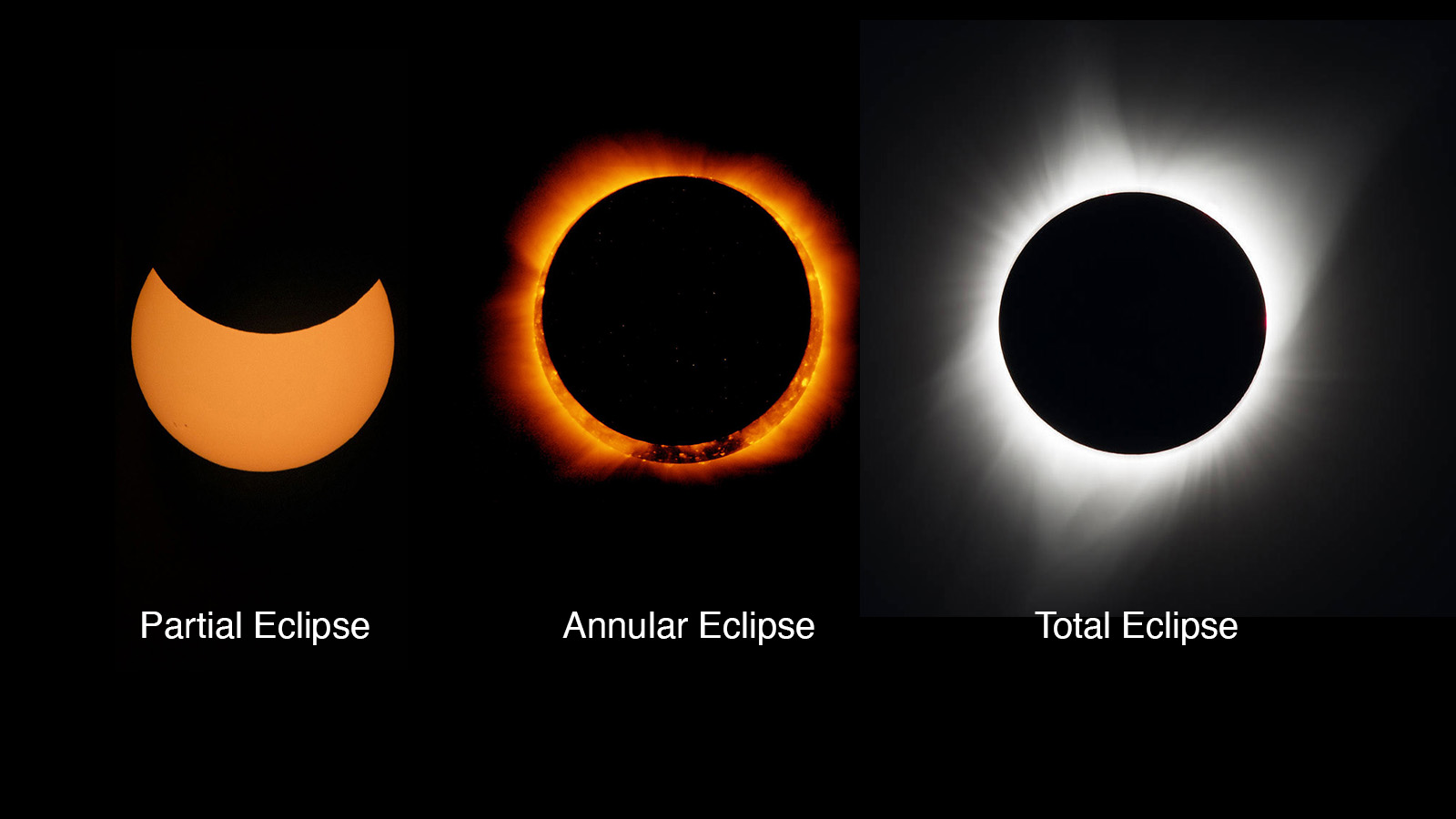The last total solar eclipse across the Mexico, the U.S. and Canada for a generation wows observers.
Did you see it? Last week’s total solar eclipse did not disappoint, as viewers from the Pacific coast of Mexico, across the U.S. from Texas to Maine and through the Canadian Maritime provinces were treated to an unforgettable show. The weather threw us all a curve-ball one week out, as favored sites in Texas and Mexico fought to see the event through broken clouds, while areas along the northeastern track from New Hampshire and Maine onward were actually treated to clear skies.
Continue reading “Amazing Amateur Images of April 8th’s Total Solar Eclipse”
